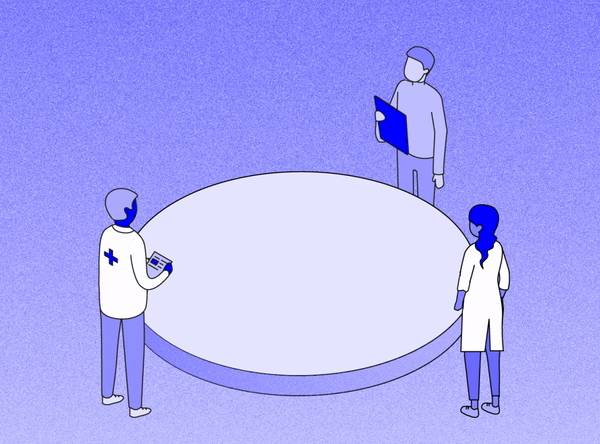Like sharks, approaches to design either move forward or die out. And in a complex, noisy world that prizes speed and savvy, traditional approaches are circling the drain.
Hemmed in by restrictive organizational structures, narrowly drawn purpose statements and vague — if not wholly incoherent — success metrics, design is being wrung dry. Not only creative agencies lose in this scenario, but also their client partners and, ultimately, consumers.
Design has never been a one-dimensional pursuit. We don’t just consume content; we create and inhabit it. We don’t just patronize brands; we interact with them in a rich, polyvalent ecosystem. We don’t live in one dimension. So why should we design for one?
Fortunately, there’s a design approach that embraces the complexity and fluidity of contemporary life. This approach bridges the gap between thought and thing. We call it MDX, or multidimensional design.
MDX is a formalization of design approaches that have been coursing, unnamed, throughout the world for years. Product designers have long since accepted the once-audacious notion that personal technology should delight the senses, with forms and materials that heighten enjoyment of a device’s core utility. Interior designers may apply principles of hospitality design to a cancer clinic, with the goal of instilling a sense of calm and serenity among patients and clinicians alike. MDX extends these dynamics to their logical end: multisensory, multimodal, multidimensional experiences that touch all realms of human interaction.


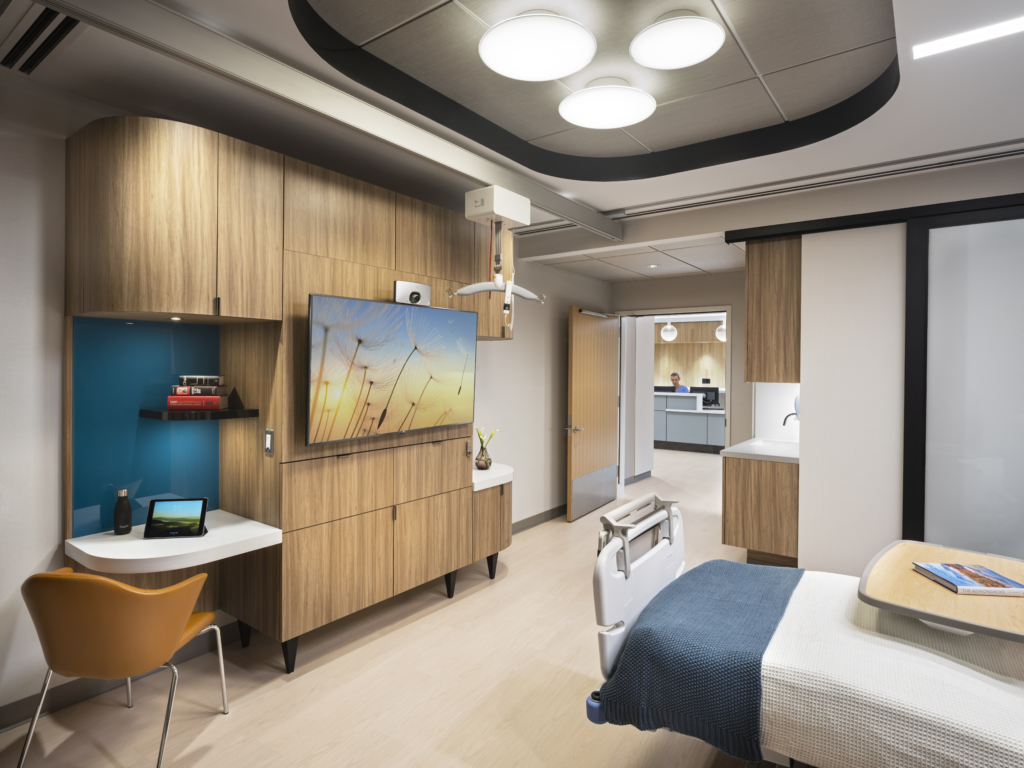

MDX mirrors the complex, interconnected ways people approach experiences today: not as preformed vessels but as a series of tide pools, each sloshing with thoughts and sense-impressions.
Every day, MDX challenges our understanding of design’s role in shaping human experience, and we’re better partners for it. Here’s what we’ve learned along the way.
1. MDX powers innovation
Multidimensional experiences unfold across physical, digital, human and chronological dimensions.
In the wild, MDX might look like the Nike House of Innovation, which features augmented reality tools, customization stations and a Nike+ app ecosystem with “store mode” enabled. Or it might resemble the art-department madness of interactivity, digital storytelling and neon brilliance of Meow Wolf’s House of Eternal Return. Multidimensional experiences privilege the senses, allowing people to feel, explore, play and learn through embodied cognition rather than passive consumption.
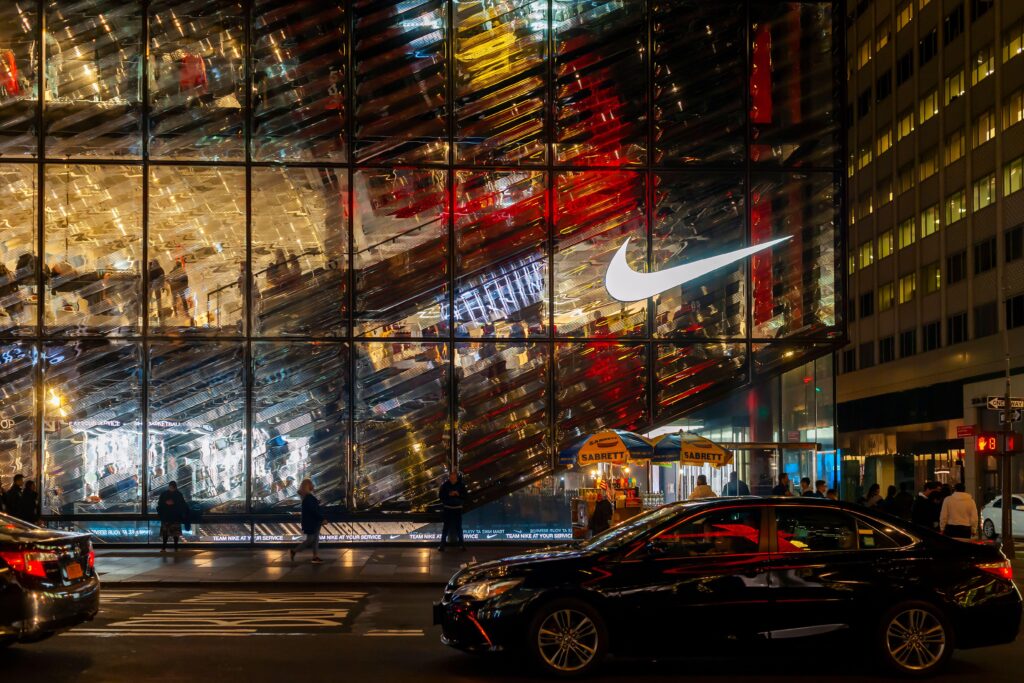
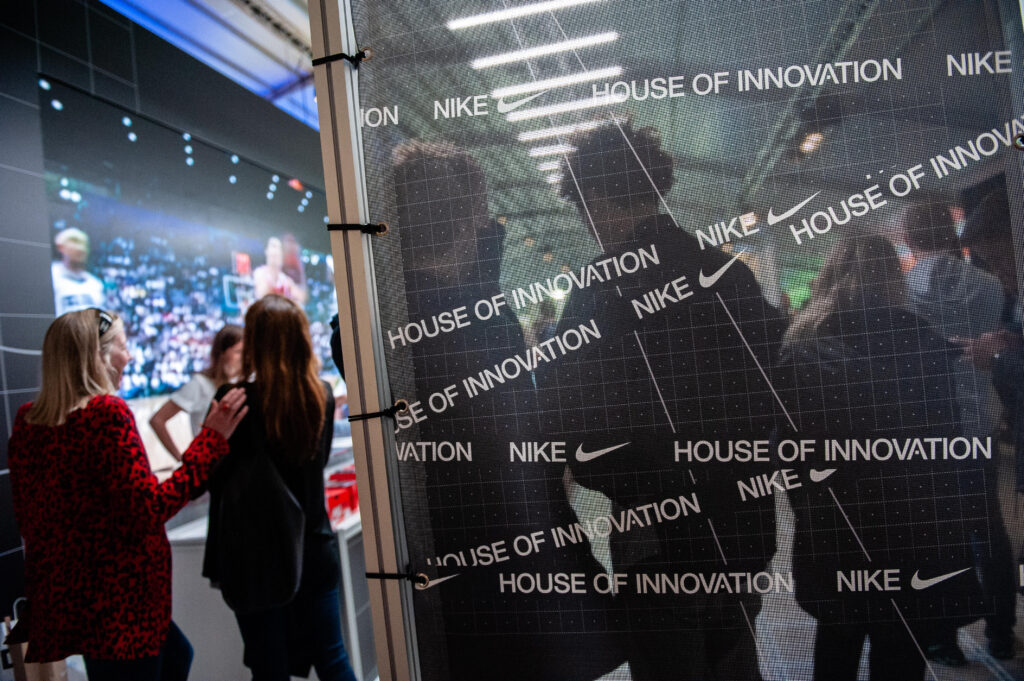

By bringing together designers from diverse fields — architects, UX specialists, sound engineers — MDX inherently promotes interconnectedness and cross-pollination (when a lighting designer and a software developer collaborate, the results can be surprising). Instead of tackling challenges in isolation, designers consider how each element impacts the whole. It’s not about thinking outside the box — it’s about reimagining the box entirely, in multiple dimensions.
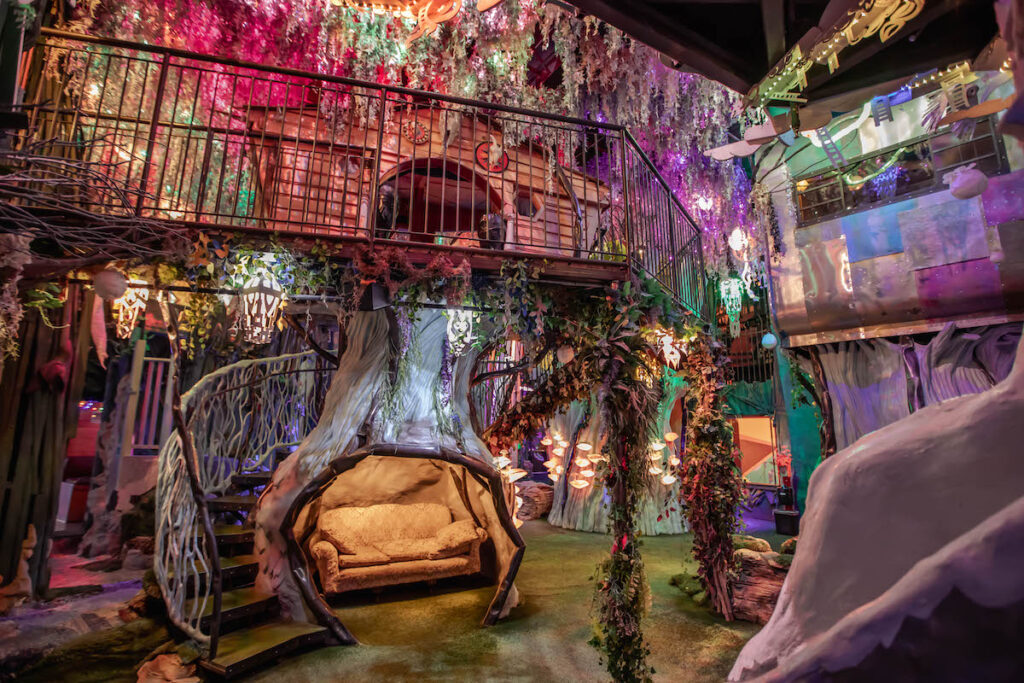
2. MDX is adaptive and all-encompassing
MDX represents a paradigm shift in user interactions. At their core, multidimensional experiences adapt to individual preferences, behaviors, contexts and learning styles. This flexibility not only means a more intimate, tailored relationship with content, but scalability across platforms and devices.
Think of a museum exhibit that offers multiple perspectives, in multiple languages, on a historical era. By mixing AR, interactive displays and physical artifacts into the experience, MDX lays the groundwork for uncommonly nuanced, multifaceted understandings of a complex topic to emerge.

3. MDX redefines space (and time)
The Spanish sociologist Manuel Castells conceptualized the “space of flows,” where digital networks create new spatial logics that transcend physical geography. It shouldn’t surprise that MDX carries this idea to exciting conclusions. Put simply, multidimensional experiences aren’t bound by physical space.
This means that events no longer have to take place exclusively in a physical location or at a predetermined time. You can watch a soccer match in your spatial computing headset or a hip-hop performance in Roblox. You can be one of 20,000 people attending a concert in front of the TSX Broadway stage in Times Square, or you can be one of millions experiencing it in Fortnite or through a VR headset.
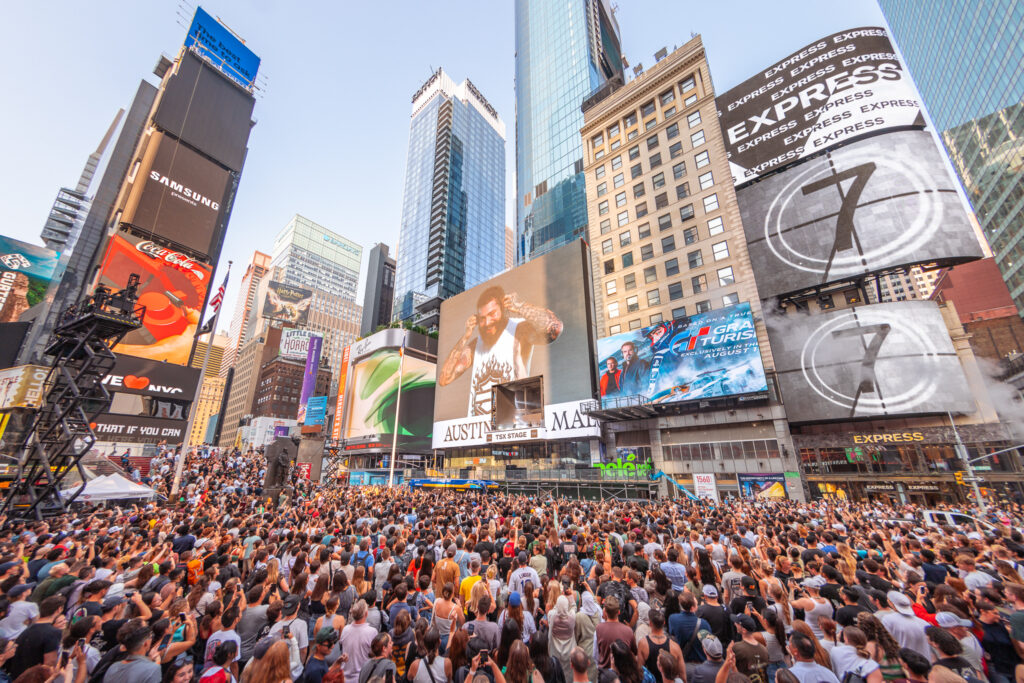
Of course, this raises its own risks. Is a music festival still a music festival if it’s experienced on a gaming platform? Or does the sheer scale of millions of avatars and the sprawling digital landscape lead, paradoxically, to a sense of isolation? Effective MDX acknowledges the potential for digital dislocation, then rotates hard toward the human and physical dimensions to hold the audience — whether it numbers one or 100,000.
4. MDX is nonlinear
Just as we may jump in and out of a serial drama on Netflix or a sandbox game on Roblox, there’s no longer a single entry point for brand audiences. The customer journey is nonlinear. You might start considering an EV purchase because you liked a TV commercial, but you could just as easily read a profile on the carmaker’s founder in Fast Company or stumble onto a clever meme on Instagram featuring the vehicle. MDX not only acknowledges the complexity of modern consumer behavior; it embraces it as a source of richness and opportunity.
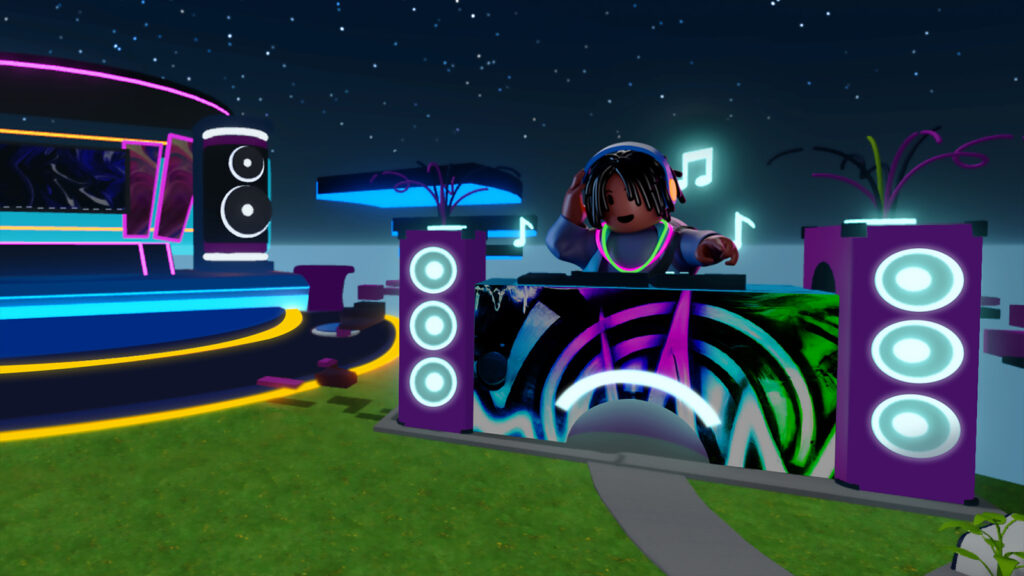
MDX also opens the door to fresh interpretations of seemingly linear, long-established experiences. Visiting the observation deck of the Empire State Building has been on traveler bucket lists for over 90 years, but it’s not impervious to competition from soaring arrivistes on the Manhattan skyline. If King Kong, however, can be brought to life — at scale, no less — new dimensions of visitor experience open up. Suddenly, the views become just one of many things guests rave about when they return to street level.
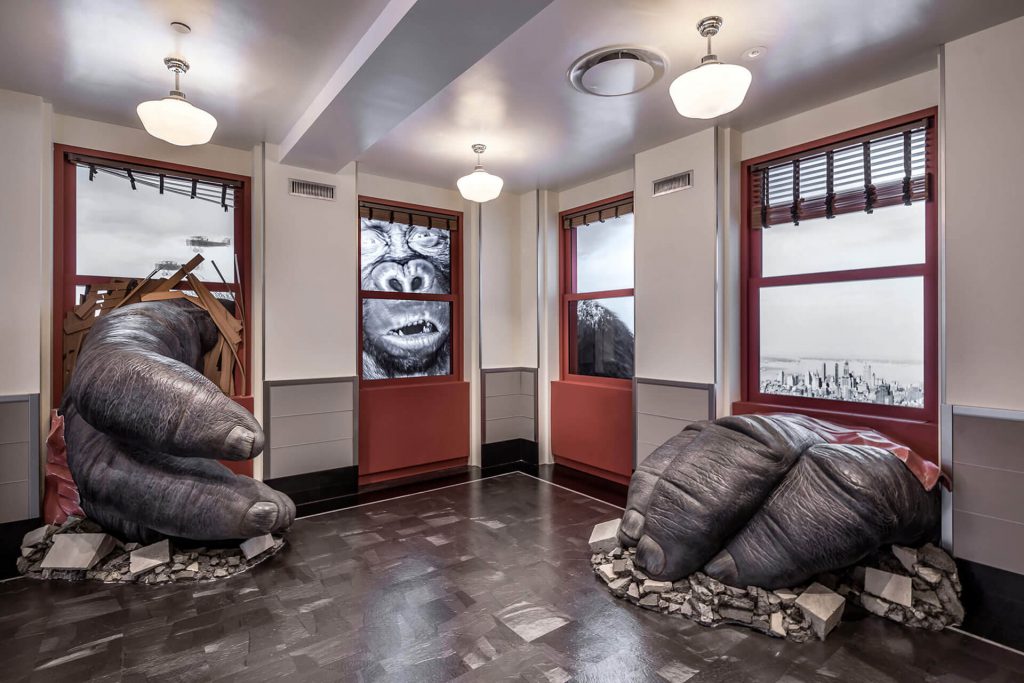
By swapping linear thinking for webs of possibility, each node of interaction opens pathways to others. MDX extends an invitation to choose your own adventure, allowing places and brands opportunities to forge new kinds of connections.
5. MDX requires interdisciplinary expertise
The specific technologies that enable MDX — augmented reality, haptic feedback, spatial computing, virtual production, real-time engines, AI, virtual twins — influence the possibilities and limitations of the experience. They determine how users interact with an environment and, in turn, how that space responds to users’ actions.
Delivering a cohesive, immersive experience requires the collective might of storytellers, architects, game designers, AI experts and creative technologists. Their distinct creative cultures, methods and experiences combine to form a secret sauce that makes multidimensional experiences possible.
Bringing MDX to life
In The Poetics of Space, Gaston Bachelard wrote, “Sometimes the house of the future is better built, lighter and larger than all the houses of the past.” The promise of multidimensional design is that it will make experiences more memorable and multi-sensory than those that came before.
MDX is best implemented through an experience stack. Similar to the integrated set of tools, technologies and libraries that comprise a tech stack, an experience stack consists of individual physical assets, virtual layers and people who are masters of their craft. Pull the through line taut, and you get effective, enduring MDX.
That example of the Empire State Building is a perfect encapsulation of MDX’s power. Recently, the visitor experience was redesigned through the lens of physical, virtual, digital and chronological dimensions. Prior to the project, Tripadvisor ranked the building’s observatory deck the #7 tourist attraction in the U.S., and it did not even crack the top 25 globally. But after implementation of an MDX design, the observatory became Tripadvisor’s #1 attraction in both the U.S. and globally. The building, location and skyline were unchanged, but the visitor experience was utterly transformed.
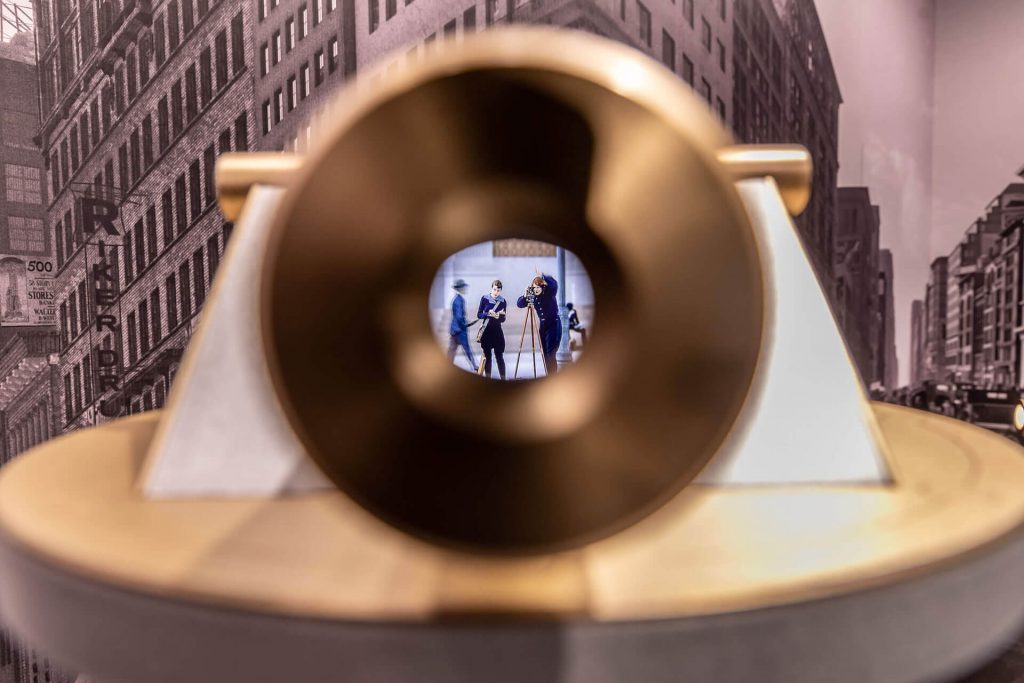

Clearly, MDX doesn’t require a clean sheet. In fact, an organization may have the raw material for MDX ready to hand, just waiting to be put to work. Millions of square feet of hospitals, bank branches, office and retail spaces are awaiting a fresh perspective on their potential.
Neither does MDX require lengthy engagements to get lasting impacts. It could begin just with the development of a playbook filled with ideas and tactics; an MDX best practice is to document the thought before the build.
As you embrace MDX, realize it requires leadership and working teams to embrace the humanity in themselves and their customers — and the payoff can be dramatic. There’s nothing stopping you from being the #1 attraction in your industry and your markets.
It’s only now that MDX is coalescing into an approach, but it’s already challenging us to expand our conceptions of time and space, and how to design effectively for both. New frameworks, plus specialized tools and platforms, must emerge.
This moment demands interdisciplinary designers who can navigate the complex interplay between technology, strategy, art and narrative. It also requires bold partners who not only recognize that their consumers are changing, but who are willing to change with them. What emerges when all of them join forces is anyone’s guess, but MDX will light the path.


